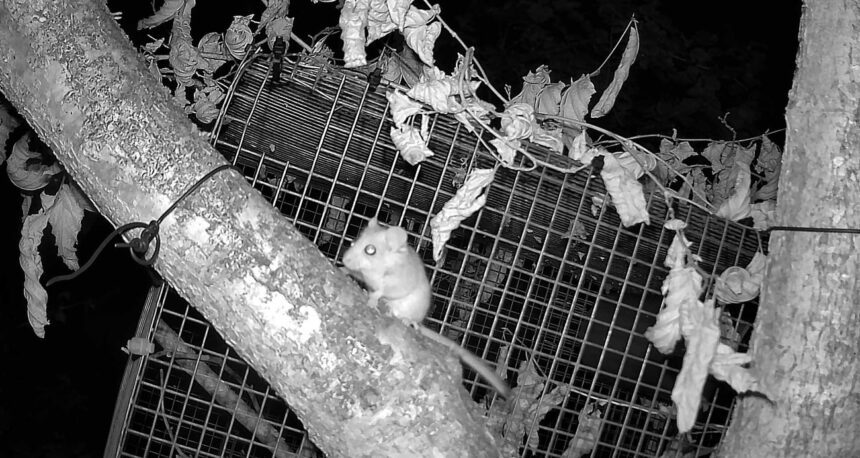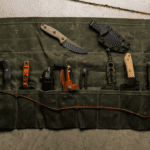Network Rail’s extensive lands are home to a diverse array of creatures, and one of the most captivating among them is the charming dormouse. A collaborative effort between Network Rail, Zoological Society of London (ZSL), and Google Cloud is now using advanced technology to capture these tiny creatures on film, in a bid to understand and protect them.
The project, focused on the South of the United Kingdom region, aims to develop innovative ways to monitor these elusive species in hard-to-reach areas alongside the railway lines. Special equipment, including camera traps and audio sensors, has been deployed at a dormouse reintroduction site near Calke Abbey in Derbyshire, capturing a wealth of images, videos, and sound recordings.
All this data is stored and analyzed on Google Cloud using AI and machine learning models, which offers significant time and cost savings compared to traditional methods, such as manual nest box checks throughout the season.
Dormice, in addition to being incredibly cute, are a protected species facing extinction in the UK. They are known to inhabit specific stretches of railway lines, particularly in the South and near the Welsh border, and their rarity makes them vulnerable.
Aline Gomes, Network Rail’s ecologist, stresses the importance of understanding the wildlife surrounding the railway for sustainable management. Collaboration with ZSL has led to the development of safe, remote monitoring techniques, providing valuable insights to better manage the lineside habitat for dormice and other species.
Rachael Kemp, ZSL Project Manager, also emphasizes how their cutting-edge technology provides an exciting, cost-effective way to study dormice near railways. The collected images, videos, and audio are used to train algorithms on Google Cloud, enabling Network Rail to pinpoint actively used nest boxes and easily monitor them over time, which is crucial for understanding the impact of maintenance and conservation efforts on these beloved creatures.
The project extends beyond observation. Network Rail’s biodiversity strategy manager, Dr. Neil Strong, highlights the importance of managing linesides not only for safety but also for wildlife. These corridors are vital for dormice and other species that struggle to move between habitats. It’s about finding a balance – cutting back trees that pose risks while creating suitable habitats away from the tracks to ensure these creatures have the cover they need.
So the next time a train rumbles past, remember the tiny dormice that might be peeking out from the undergrowth, their secret lives now a little less mysterious thanks to this innovative partnership.
If you’d like to learn more about how Network Rail is using its land to boost biodiversity, visit their website.









